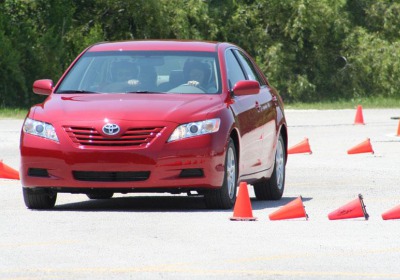Study finds teens model driving habits after parents
Tue, 27 Nov 2012
Teen driving habits are heavily influenced by those of their parents, according to a recent study by Toyota and the University of Michigan Transportation Research Institute.
Good or bad, teens are likely to model their level of distraction and attention to safety after their parents, according to the national study that surveyed teen drivers ages 16 to 18 and parents of teen drivers.
In general, parents who engage in distracting behaviors more frequently have teens who engage in distracting behaviors, according to the study. Most notably, cell phone use by teen drivers is similar to that of parents: More than half of teens use a handheld cell phone while driving, similar to the roughly 60 percent of their parents.
The study also found that teens model driving behaviors based on perceived behaviors of their parents. For example, 71 percent of teens believe that their parents read or write down directions while driving, while 55 percent of parents actually say they do so.
The study also found that texting while driving remains commonplace among teens despite ongoing campaigns to eradicate the habit. The study found that more than a quarter of teens read or sent a text message at least once every time they drive.
The study's motto: “Driver education begins when the car seat starts facing forward.”
Ray Bingham, research professor at the University of Michigan institute and head of the Young Driver Behavior and Injury Prevention Group, said children look to their parents to model what is acceptable.
“Parents should know that every time they get behind the wheel with their child in the car, they are providing a visible example that their child is likely to follow,” he said in a press release.
Nationally, motor-vehicle crashes remain the leading cause of death for U.S. teens; in 2010, seven teens between the ages 16 and 19 died every day on average from driving injuries, according to the Centers for Disease Control and Prevention.
By Angie Fisher

